Zero gravity could help researchers leapfrog the search for new cancer treatments.
The Axiom Mission 3 crew flight lifted off from Kennedy Space Center on January 17, carrying a special passenger: cancer tumor samples, part of a research project by scientists from the University of California San Diego.
They use cells from breast cancer patients, grow tumors in the lab, and develop treatments. Using spacecraft to study cancer may sound absurd and cumbersome, but it is a way to speed up the whole process.
The zero-gravity environment outside the Earth's atmosphere puts significant stress on human cells, accelerating the aging process. It is estimated that spending 6 months in zero-gravity like astronauts does can age the human body by up to 10 years.
In recent years, scientists have begun using this phenomenon to explore aging and disease, hoping to find clues that could provide treatments and prevention of disease.
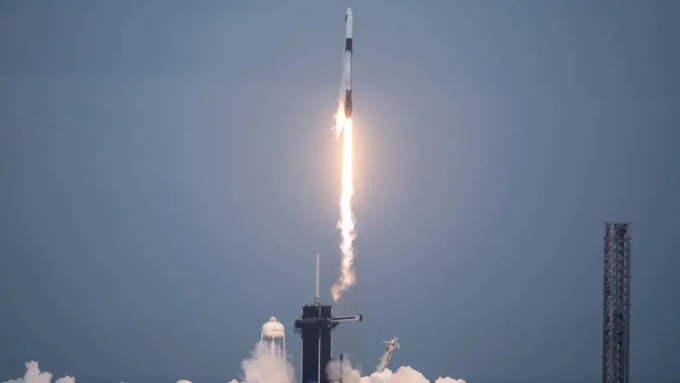
Axiom Mission 3 delivers crew and breast cancer tumors to the space station. Photo: NASA
Before sending organic tumor samples into space with the four crew members, researchers from the University of California San Diego treated them with two new cancer chemotherapy drugs. The goal was to track the effects of the drugs on organic matter in space and compare it to what remains on Earth. The accelerated aging process in microgravity will allow scientists to accelerate their understanding of the drug’s effectiveness.
This is not the first time experts have launched human tissue samples into space, nor is it the first time the University of California San Diego has sent human tissue to the International Space Station (ISS).
Over the past five years, the university has been at the forefront of efforts to study health sciences in space. It has collaborated with NASA on multiple test launches to study the effects of zero gravity on human stem cells.
Thuc Linh (According to Stem Cell Science News, The Messenger )
Source link



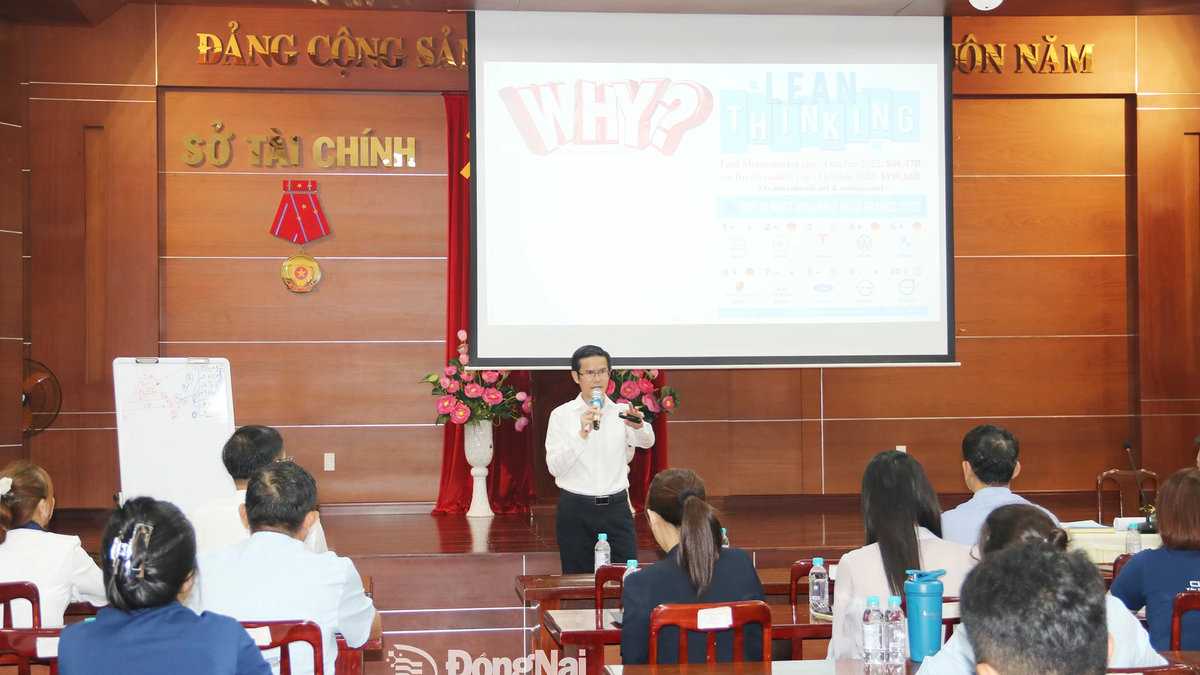
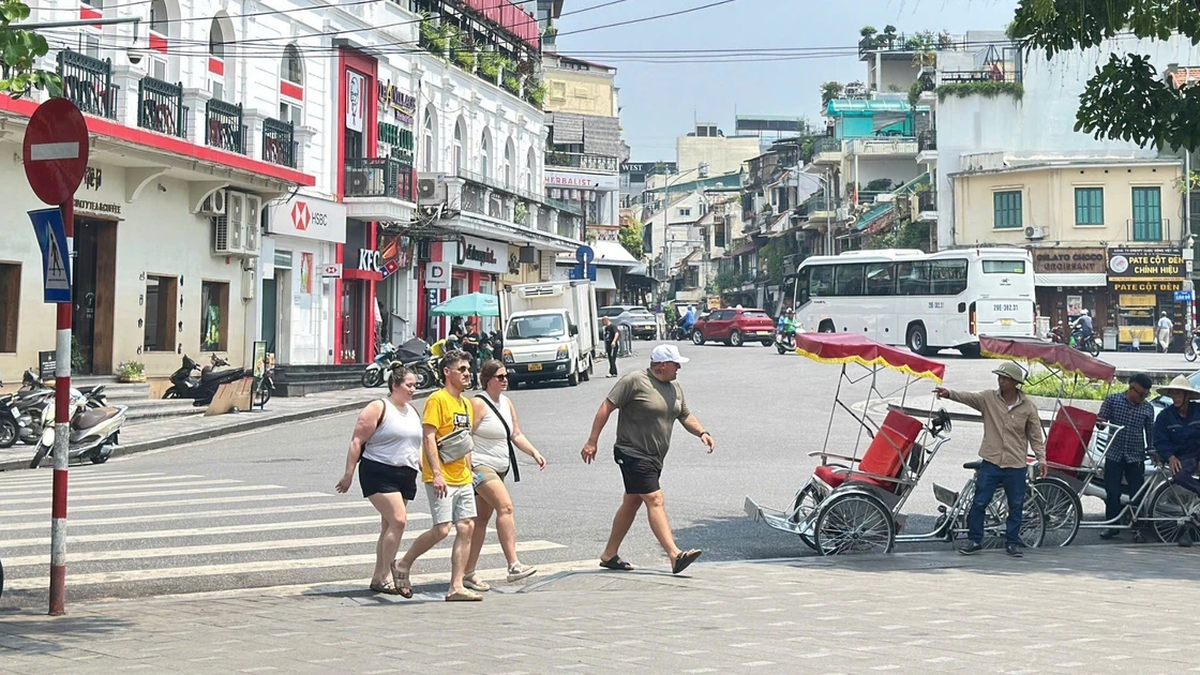


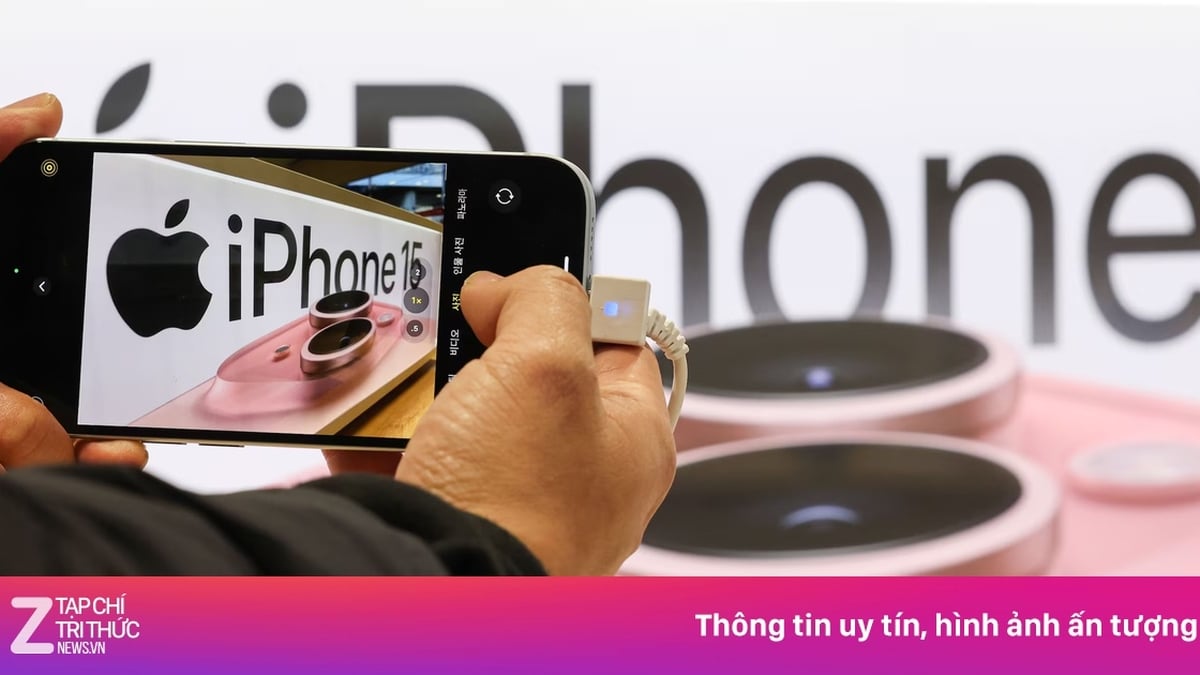



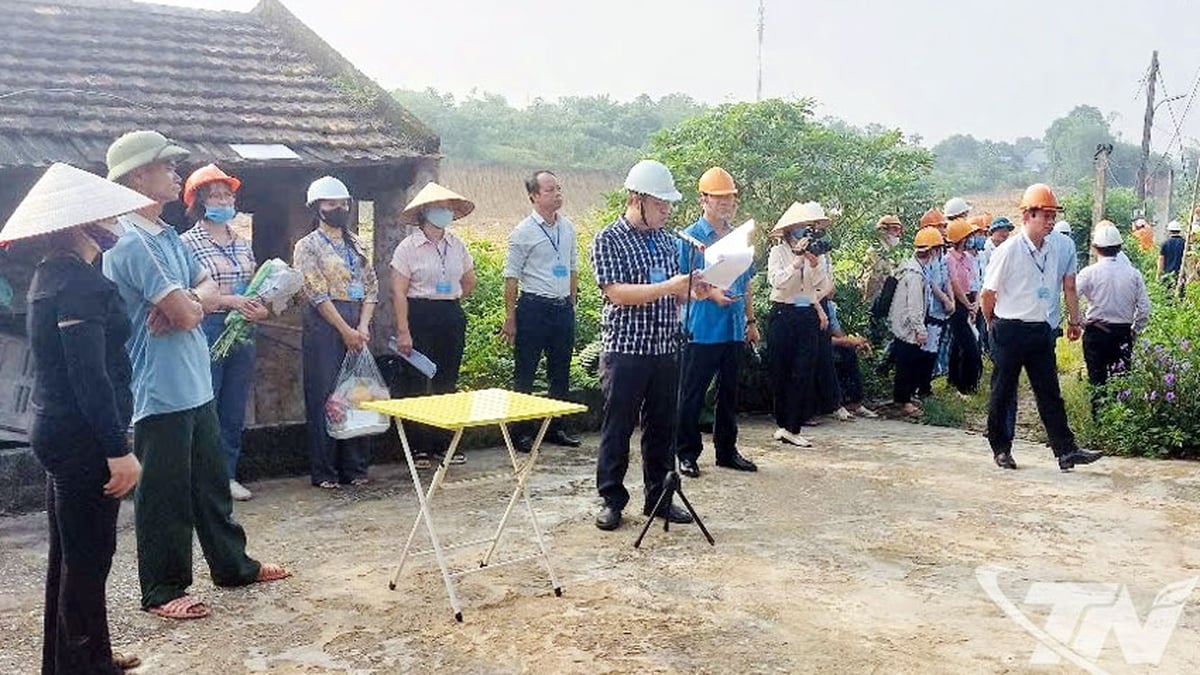














![[Photo] National Assembly Chairman attends the seminar "Building and operating an international financial center and recommendations for Vietnam"](https://vphoto.vietnam.vn/thumb/1200x675/vietnam/resource/IMAGE/2025/7/28/76393436936e457db31ec84433289f72)






























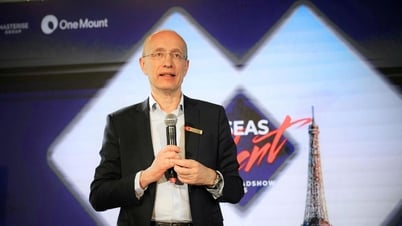










































Comment (0)